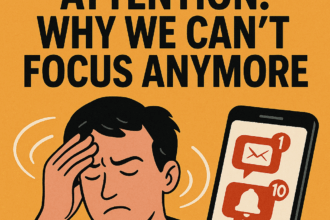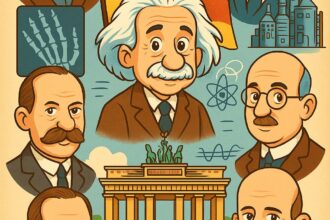
If you think Oktoberfest is all about beer, you’re roughly one Maß off. The world’s largest folk festival began not as a drinking marathon, but as a royal wedding reception that got slightly out of hand, and then never really stopped.
It was October 12, 1810, when Crown Prince Ludwig of Bavaria, later King Ludwig I, married Princess Therese of Saxony-Hildburghausen. Munich, always a gracious host, turned the nuptials into a five-day public party, replete with horse races, music, and general merriment on a meadow just outside the city gates. The field was soon named Theresienwiese, “Theresa’s Meadow”, and two centuries later, it still hosts a celebration so massive it could make even the most patient wedding planner weep.
Every year, six million visitors-a number roughly seven times the population of Munich-pour into the city. They consume about 7.5 million liters of beer, 500,000 roast chickens, and a small forest’s equivalent in pretzels. The logistics are mind-boggling: 14 giant beer tents, some seating over 10,000 each; a fairground that would make Vegas blush; a waste management system so tight it could teach small countries a thing or two about recycling.
Behind all the jolly brass bands and dirndls, though, is a finely tuned economic machine. Oktoberfest brings in more than 1.2 billion euros in revenue every year, from accommodation and transport to sausages and souvenirs. To the local breweries and restaurateurs, it’s the Super Bowl, Christmas, and fiscal year-end all rolled into one. Hotels are booked months in advance, and even Airbnb hosts find themselves suddenly fluent in „Bier, Prost, und Cashflow.“
But not everyone in Munich is raising a glass. Locals regard the event with mixed feelings, profit and headache. Traffic snarls, overflowing U-Bahn stations, and streets smelling like a brewery’s morning regret are the annual price of fame. The city planners treat Oktoberfest like a military operation: around 600 police officers on duty, 450 paramedics, hundreds of security staff, and a CCTV system that leaves few dirndls unseen.
Still, it’s not all gemütlich. Police in recent years have been reporting 6,000 to 8,000 incidents during the festival, from lost passports to brawls caused by overenthusiastic toasting. Luckily, most of them are minor: Munich’s „Wiesn Polizei“ (Oktoberfest Police) have honed their skills in calming tipsy tourists and reuniting lederhosen with their owners.
What’s perhaps most fascinating is how Oktoberfest has evolved while stubbornly staying the same. It’s still held on the same meadow, still celebrates Bavarian culture, but now draws visitors from Tokyo to Texas. It’s part ritual, part tourism juggernaut, part anthropological experiment in how long humans can dance on benches without falling.
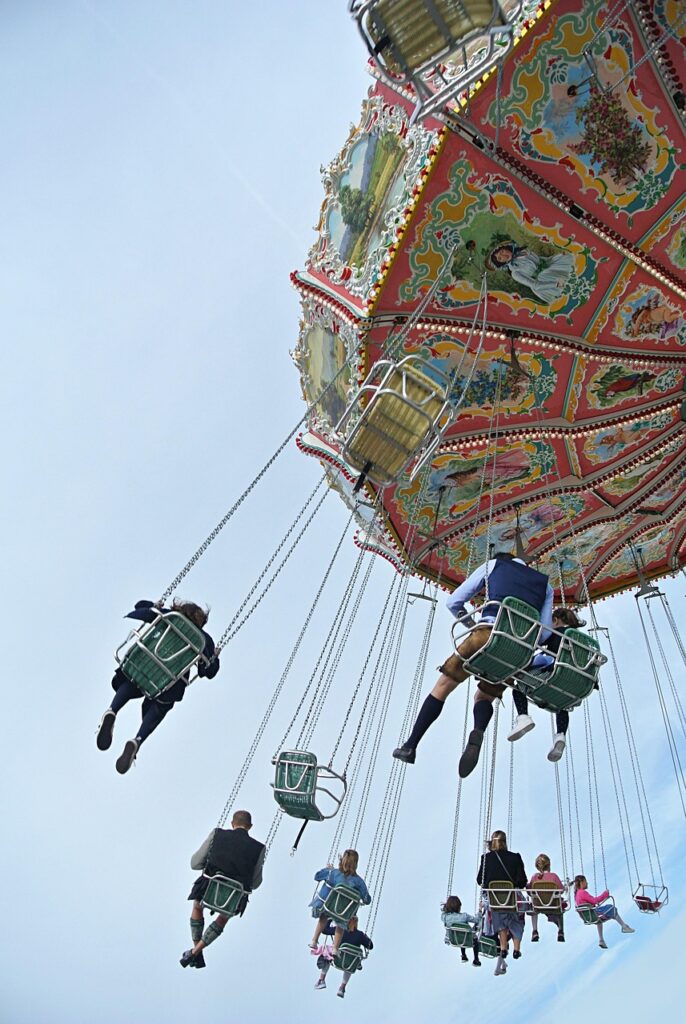

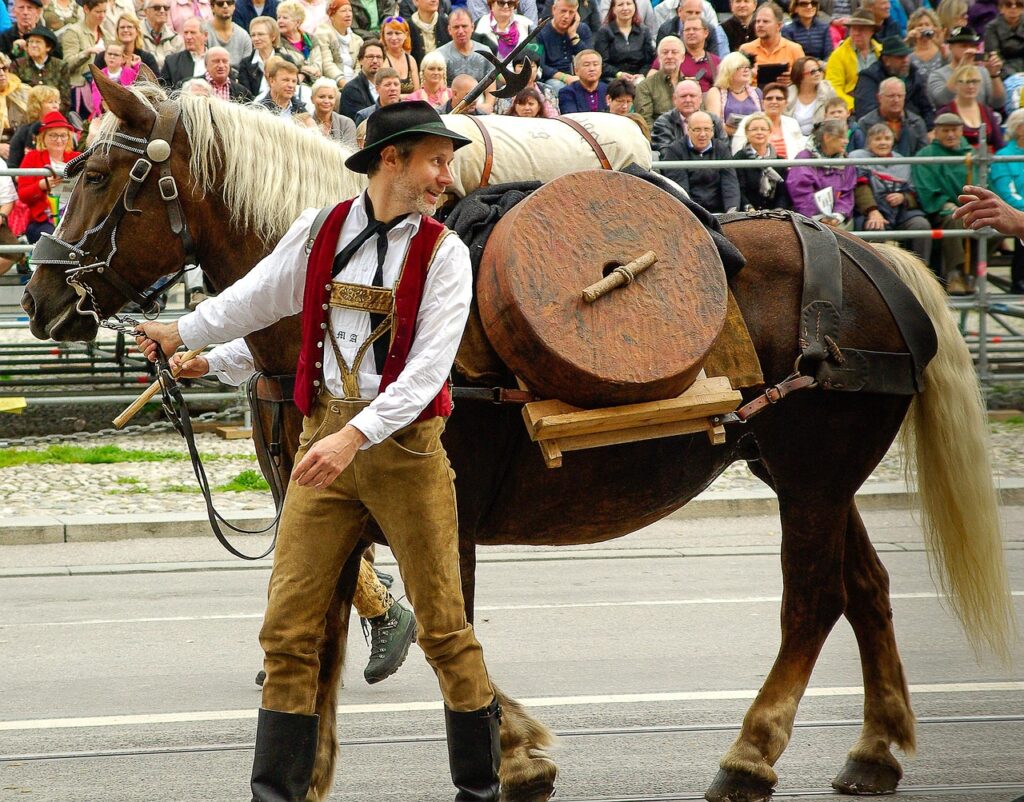
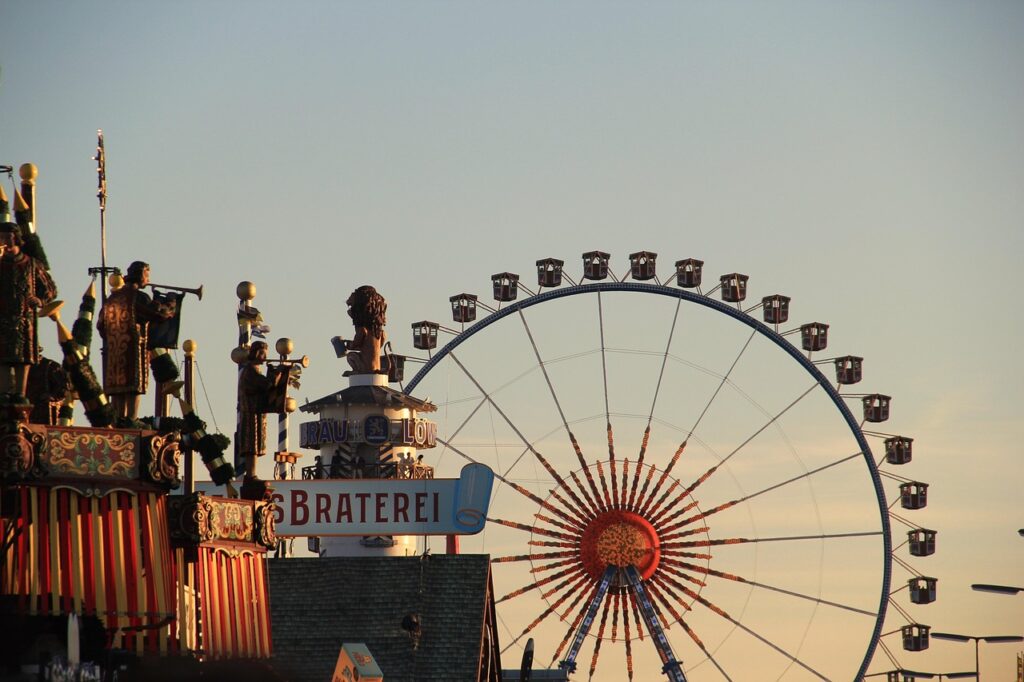
At its core, Oktoberfest is less about beer and more about identity – a worldwide symbol of Bavarian spirit that somehow manages to balance tradition, excess, and perfect logistics in one foamy stein. Munich rolls its eyes every September, but when the first brass note hits and the first keg is tapped, even the skeptics can’t help but crack a smile. After all, how can one argue with a 215-year-old party still going strong?

